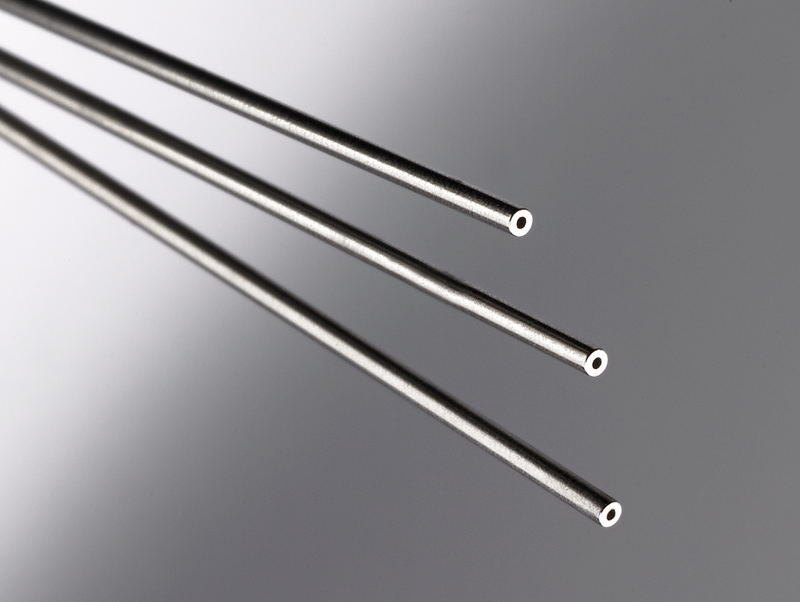Why Consider Pure Tungsten or Pure Molybdenum for Your Application?
Electrode materials are commonly thought of as a blending of copper or silver and tungsten. These “blends” are well known in the industry, and many different percentages of materials can be chosen. There are other additives that are also used to enhance performance. But did you know that pure tungsten and pure molybdenum are also very good materials for use in spot welding electrodes?
How Tungsten and Molybdenum Compare
Both tungsten and molybdenum exhibit high temperature hardness, with a stable form and consistent density. Because spot welding occurs at 1200ºC and above, having strength at high temperatures is vital — and tungsten is the absolute champion for that parameter. But since spot welding also involves the pressing together of electrodes and metal to metal, molybdenum is used for some applications because it has better impact resistance. That is not to say that molybdenum is “stronger”; in fact, it has lower strength than tungsten at high temperatures. Rather, as compared with tungsten, molybdenum has a certain amount of ductility.
On the other hand, at elevated temperatures and in normal atmospheres, where all high-volume spot welding must occur, the high oxidation properties of tungsten make it preferable to molybdenum. Oxidation is not commonly thought of as a good metallurgical process, but for spot welding, oxidation is fundamentally an issue leading to deterioration of electrodes. Here, tungsten exhibits lighter consumption of oxidation than molybdenum. (Just as an aside, tungsten oxidation appears yellow; molybdenum oxidation, white.)
Being easier to machine and resistant to breaking or cracking, molybdenum is a good material for certain electrode applications. For instance, not all electrodes are shaped as simply cut, round rods — and because molybdenum is easier to shape than tungsten, it wins in that comparison. Then again, in applications under conditions of high pressure, tungsten is preferred to molybdenum.
Interactions with Other Materials
There are many other variables you can look at when trying to pick a material(s) for spot welding electrodes, but one of the more interesting to consider is the potential for a reaction between the workpieces. Dissimilar metals being spot welded add another possible issue to the mix, as does the potential for spot welding with the plating material. For this parameter and when compared with alloyed materials, pure tungsten and pure molybdenum are ideal electrode materials because they have very few reactions with other metals or with the plating material. Because they are difficult to alloy with other metals, tungsten or molybdenum electrodes have a long welding life.
Understanding the properties of different electrode materials, as well as the ways in which they interact, is critical to the success of the end product. Many of the properties of pure tungsten and pure molybdenum, including their high temperature strength and their tendency to not react with workpieces or plating material, make them a good choice of material for electrodes used in resistance spot welding applications.
If you are currently in the process of choosing an electrode material for your resistance welding production needs, you can learn more about the range of materials and their properties — as well as how some electrode materials and alloys have been engineered to address common challenges — by downloading our free white paper.






